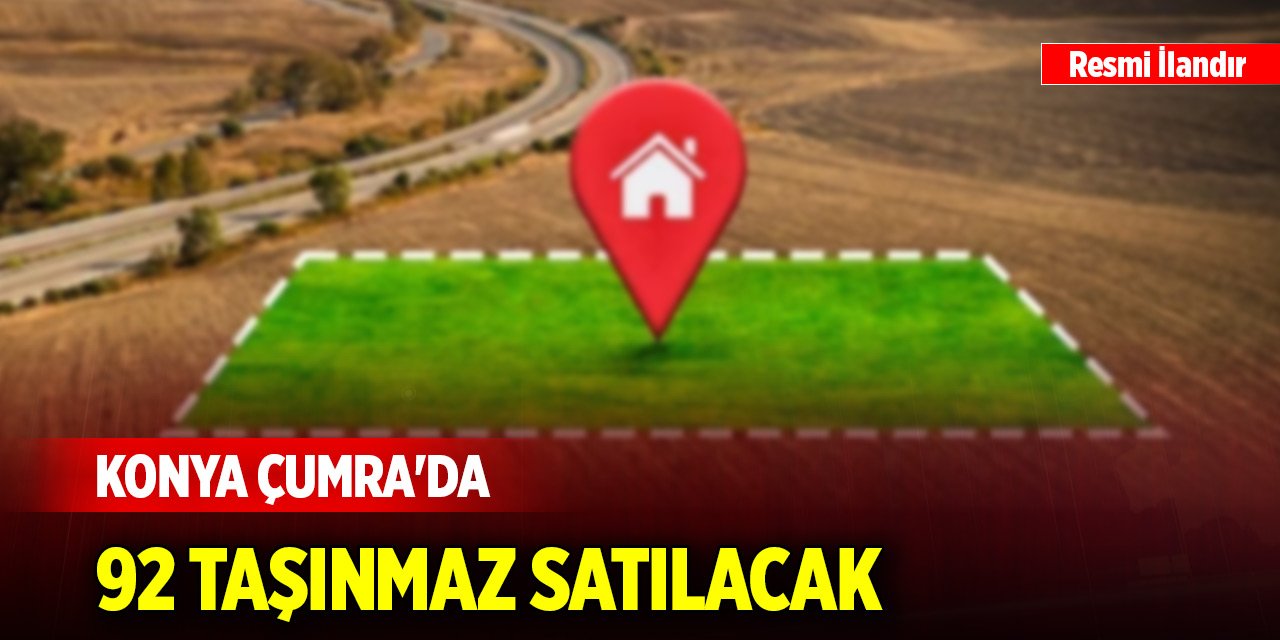Rosetta, Philae mark anniversary of historic comet landing
Space probe mission extended until September 2016

A year ago, the European Rosetta spacecraft succeeded in its mission as its robot probe Philae landed on a fast-moving comet.
The landing on 67P/Churyumov–Gerasimenko enabled scientists to make historic discoveries that could force a rethink of the solar system. The ultimate goal now is that Rosetta itself lands successfully on the comet.
Today, the European Space Agency (ESA) said its "mission teams remain hopeful for renewed contact with the lander, while also looking ahead to next year’s grand finale: making a controlled impact of the Rosetta orbiter on the comet".
"We recently celebrated our first year at the comet and we are looking forward to the scientific discoveries the next year will bring," Matt Taylor, ESA’s Rosetta project scientist said.
On November 12, 2014 the comet lander Philae was ejected by its mother ship and landed on the fast-moving 67P before shutting down when its core battery ran out of energy. The craft’s solar panels were unable to restore power.
It woke up June 13 after spending seven months "asleep". Contact was made just until 9 July when Rosetta was forced to retreat several hundred kilometers for safety, well out of range with Philae.
Since the historic landing, Rosetta has been transmitting photos and data collected earlier from the comet.
The comet reached its closest distance to the sun in August, about 185 million kilometers (114.9 million miles), and between the orbits of Earth and Mars, with the European spacecraft in track.
New mission: Landing Rosetta
Over the past few weeks, with the comet’s activity now subsiding, Rosetta has started to approach again.
Nicolas Altobelli, a scientist with the ESA’s Solar System Science Operation Division told Anadolu Agency:
"Today, Rosetta has reached 175 km from the comet; it is faster and closer than we expected and this limit will allow it to make good contact with Philae, probably by the end of this week.
"So, probably, Philae will be able to make full contact with Rosetta by the end of November, and depending on the level of its batteries, the contact might last until January."
The scientist said that the mission, scheduled to end in December 2015 when the comet heads out of the inner solar system, is now extended to September 2016.
"The next step is trying to land Rosetta on the comet as softly as possible and from there it will send more unique, detailed and specific data about the changes to the comet’s surface, composition, atmosphere and plasma environment at unprecedentedly close distances," Altobelli said.
By September next year, scientists will not be able to contact Rosetta or Philae -- both solar-powered -- they will no longer receive enough sunlight to operate as the comet recedes from the Sun, something which will make "the relay of both scientific data and operational commands very difficult", explained Altobelli.
The Rosetta probe was launched March 2, 2004, from Kourou in French Guiana, and has covered a distance of approximately 3.7 billion miles (6 billion kilometers).
It chased 67P around the solar system before finally reaching the giant lump of ice and dust on Aug. 6, 2014.
It is named after the Rosetta stone, an Egyptian historic monument engraved in three languages, and its probe is named after Philae, an island in Lake Nasser, Egypt.
Rosetta is the first spacecraft to rendezvous with and orbit a comet, and has already returned critical scientific data.
Molecular oxygen on comet 67P
After analyzing data, mission scientists revealed in October that Rosetta had detected molecular oxygen on the comet
A "surprising observation” might indicate that the molecular oxygen found in the cloud of gas surrounding comet 67P/Churyumov–Gerasimenko was integrated into the object at the time it was formed.
"This is an intriguing result for studies both within and beyond the comet community, with possible implications for our models of solar system evolution," said Taylor, ESA’s Rosetta project scientist.
"We weren’t really expecting to detect O2 at the comet – and in such high abundance – because it is so chemically reactive, so it was quite a surprise," said Kathrin Altwegg of the University of Bern, and principal investigator of the Rosetta Orbiter Spectrometer for Ion and Neutral Analysis instrument, ROSINA.
"It’s also unanticipated because there aren’t very many examples of the detection of interstellar O2. And thus, even though it must have been incorporated into the comet during its formation, this is not so easily explained by current solar system formation models," she said.
Scientists discovered oxygen after analyzing an excess of 3,000 samples from around the comet from between last September and March 2015.
"Despite its detection on the icy moons of Jupiter and Saturn, O2 had been missing in the inventory of volatile species associated with comets until now," according to ESA scientists.
"Regardless of how it was made, the O2 was also somehow protected during the accretion stage of the comet: this must have happened gently to avoid the O2 being destroyed by further chemical reactions," said Altwegg.
"Landing Rosetta on a comet will be a fitting ending to this incredible mission," said Patrick Martin, ESA’s Rosetta mission manager.


